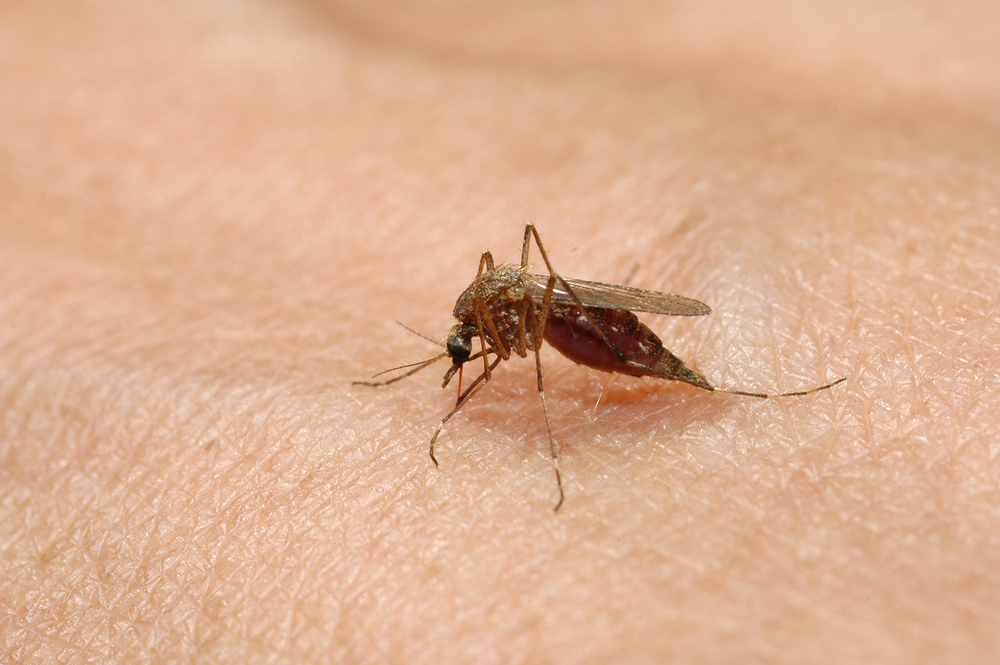
The National Institute of Allergy and Infectious Diseases (NIAID) have begun to recognize eastern equine encephalitis (EEE) virus as an emergent threat, as an especially deadly year in the United States winds to a close.
As of Nov. 12, there were 36 confirmed cases of EEE across eight states, with 13 of those fatal. The virus takes between three to 10 days for symptoms to manifest, at which point fever, headaches, nausea, and vomiting can begin. It’s notoriously tricky to pin down in diagnostic testing. Most do not even develop symptoms of EEE, but at least one-third of those who do die. Survivors are often left with permanent, severe neurological damage. Perhaps its only saving grace is that EEV is not infectious, person to person.
There were 12 documented EEE epidemics in the United States between 1831 and 1959.
In new commentary released to The New England Journal of Medicine, these officials stressed the need for a national strategy for this and other mosquito- and tick-spread viruses, or arboviruses. While point-of-care diagnostics do not exist for many mosquito-borne causes of encephalitis, the authors claim that they would be of limited value in the absence of effective treatment. No antiviral drug has been proven safe and effective against EEE, though many assessments are ongoing, leaving supportive care — such as ventilator assistance — among the few things hospitals can do for patients.
EEE outbreaks, while deadly, tend to be rare, brief, and unpredictable, making targeting a population for vaccination tests tricky.
While the authors have called for early warning systems by surveilling horses, birds, and mosquitoes, they recognize that funding remains an issue for such efforts. Even as they call for a national defense strategy against arboviruses, arguing that to do nothing would be irresponsible, they also admit that the best way to deal with such viruses remains unclear.




